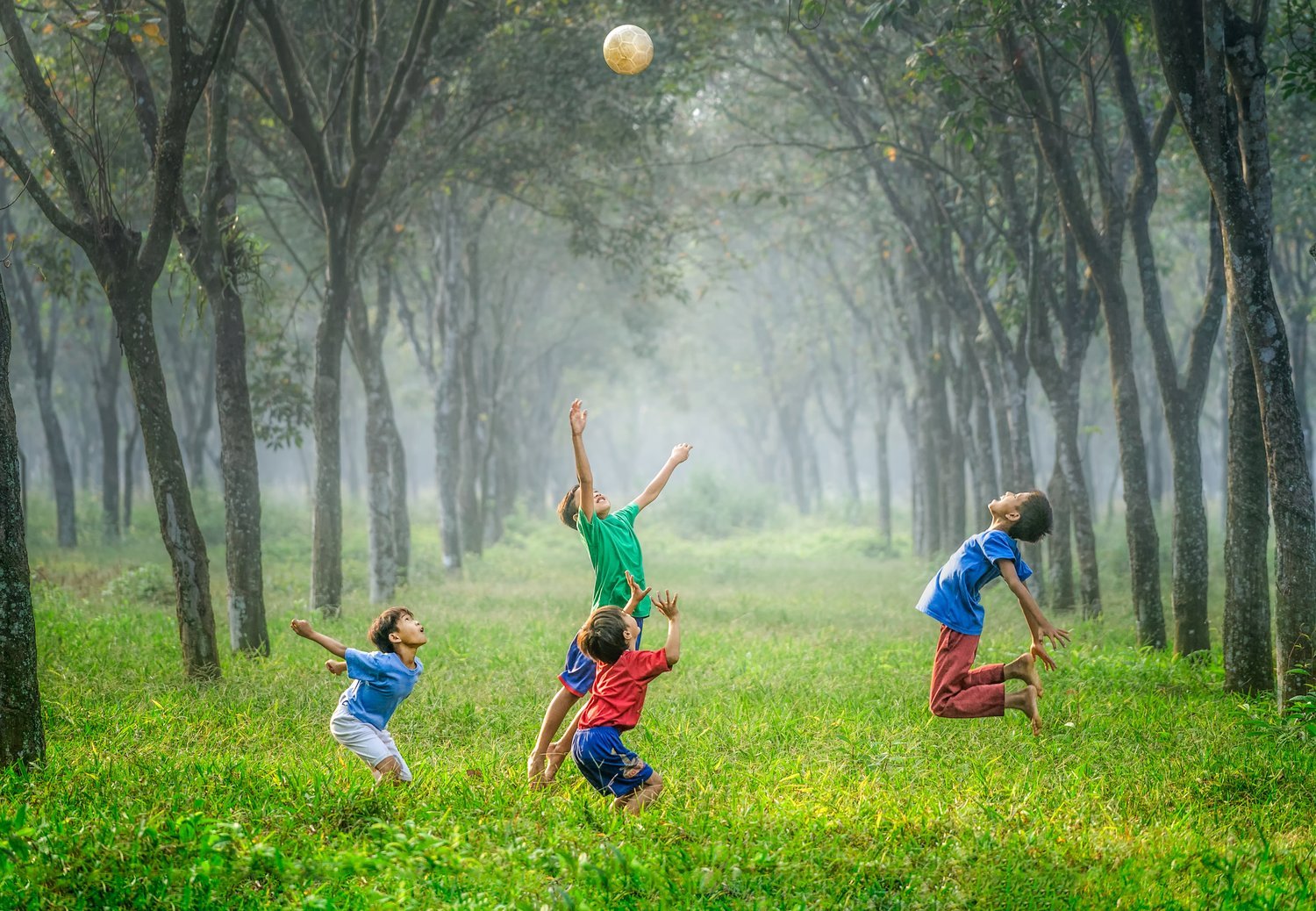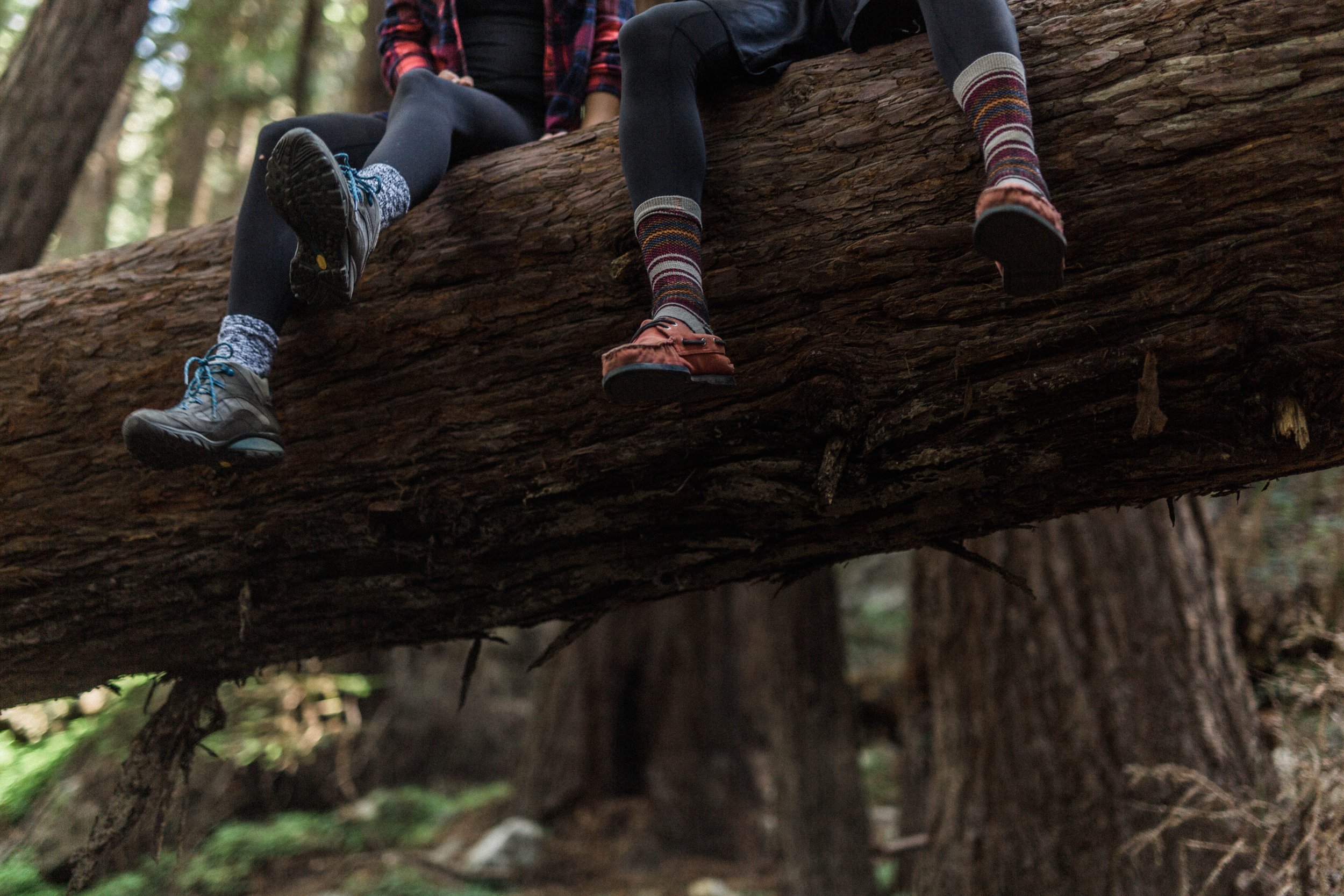Why We Should be Spending More Time Outside
Soon we may be using the phrase “going green” to describe more than just clean energy use. With mounting evidence to prove that spending time around nature has significant benefit for our mental health, doctors and healthcare providers are increasingly prescribing time in nature to their patients. While it may seem like common sense for many nature lovers, having this science in hand has the potential to affect health policy and by extension, help millions of people worldwide. We are learning that exposure to nature can lower stress levels, reduce symptoms of depression and anxiety, and even improve cognitive functioning for children with ADHD.
One recent study finds that exposure to trees and greenery may be beneficial in staving off depression in teenagers- encouraging news given that rates of the depression are increasing among young people. The study published in the Journal of Adolescent Health involved more than 9,000 adolescents age 12 to 18, who participated in mental health assessments for nearly two decades. Researchers coded the data geographically and examined density of buildings as well as proximity to green spaces and bodies of water. Taking family and economic factors into consideration, the results showed that those with more greenery exposure were 11% less likely to report significant symptoms of depression.
For many American kids, however, playtime outdoors has been replaced with television and electronic games that keep them inside. A Hofstra University study revealed that 70% percent of mothers reported playing outdoors nearly every day in their youth compared with only 31% percent of their children. In addition to the lure of digital media, the study reported that concerns about violence and child safety also play a role when it comes to getting kids outside.
Yet when kids do get outside, their imagination and creativity are stimulated. Simply playing outdoors can enhance cognition, self-discipline, and problem-solving skills and even has a positive impact on academic performance. A trial conducted by the American Institutes for Research revealed that students who participated in outdoor science programs were able to improve their science testing scores by 27 percent. What’s more, outdoor education seemed to have a direct effect on improving student skills in conflict resolution and cooperation.
This could be because immersion in nature gives kids an opportunity to step away from the stressors and habits of everyday life, giving them space to reflect and gain perspective. Wilderness therapy programs are becoming more popular and aim to give teens a “fresh start”- an opportunity to create a new self-image, a new way of relating to other people and the environment, and new ways to respond to the challenges of daily life. Challenges they face in their immediate surroundings are used to draw parallels with challenges they may face in their emotional and mental landscape. Ideal candidates for therapeutic wilderness programs are students exhibiting at-risk behaviors, including defiance, rebellion, experimentation with drugs and/or alcohol, sexual promiscuity, poor performance in school, and other behavioral difficulties.
While exposure to and immersion in nature is proving to be extremely beneficial for teens, research shows that it benefits people of all ages. People who live close to trees and green spaces have been found to experience lower rates of obesity, inactivity and antidepressant use. A study from the University of Essex revealed that a substantial majority of individuals battling mental health disorders reported decreased depression, less tension, and increased self-esteem after taking a "green-walk". Can you imagine leaving your physician’s office with a prescription for a walk in the woods? It’s already happening in places like Japan, where in 1982 “forest bathing” became part of their National Public Health Program. Kirsten Beyer, a health geographer at the Medical College of Wisconsin is not surprised by the connection. She notes that one explanation may be the biophilia hypothesis - the idea that humans have an inherent tendency to respond positively to a natural environment.
Whether we are young or old, suburbanites or urbanites, the fact is that humans spend more time indoors than ever before. There are simple things we can do to incorporate more outdoor time in our busy lives, whether it’s taking a walk during lunch or running in the park instead of on a treadmill, and it’s important that we do them! With research showing us how beneficial it can be for our mental and physical health, why not make the commitment to “go green”?



